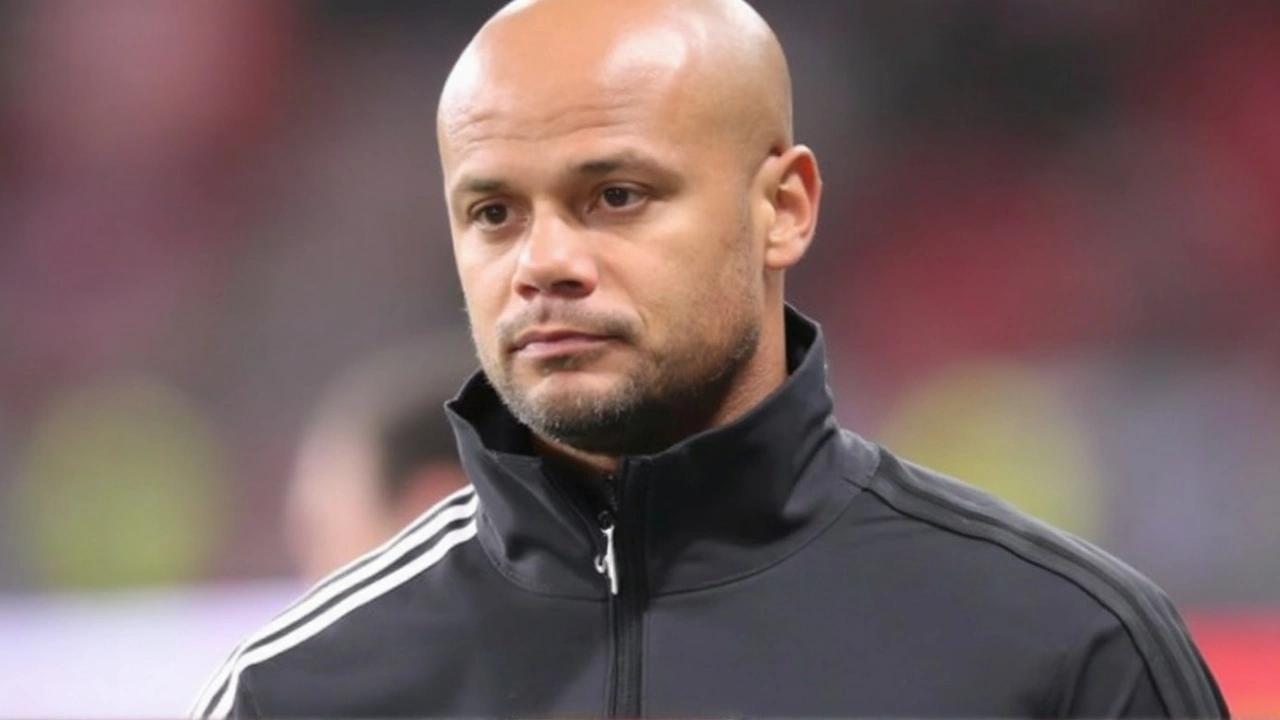Football Kit
When talking about football kit, the set of jersey, shorts, socks and optional accessories a team wears on the pitch. Also known as a team uniform, it blends club identity, sponsor branding and performance tech. The core piece, the club jersey, carries the club’s colours and crest, while a kit manufacturer like Nike or Adidas decides the cut, fabric and finish. Together they create the visual and functional heart of every match‑day look.
What makes a great football kit?
A standout kit does more than look good; it tells a story. Sponsor logos sit on the chest, providing the financial lifeline that funds player wages and stadium upgrades. Those logos must balance visibility with the club’s heritage, so designers often weave them into patterns rather than slap them on. Meanwhile, fan merchandise translates the professional kit into replica shirts, scarves and hoodies that supporters can wear daily. The quality of replica gear—whether it uses the same breathable polyester or a cheaper cotton blend—affects how fans feel connected to the team.
League regulations also shape kit choices. For example, the Premier League mandates specific colour contrasts to avoid clashes, while UEFA enforces a maximum number of sponsor patches. These rules drive manufacturers to innovate with material technology: moisture‑wicking fabrics, lightweight mesh panels and recycled polyester blends all aim to enhance player comfort and speed. Colour palette decisions—classic home stripes, bold away flashes, or third‑kit experimentations—often spark debate on social media, showing how a simple shade can become a cultural moment.
History adds another layer. Iconic kits from the 80s, like Liverpool’s red shirt with a simple white collar, are still revered and often reissued as heritage collections. Modern redesigns try to honor those classics while slipping in new tech, such as seamless construction that reduces chafing. Sustainability is now a buzzword, with manufacturers pledging carbon‑neutral production and using ocean‑plastic fibers. Fans increasingly expect transparency, so clubs publish the origins of each stitch, turning a kit into a statement of environmental responsibility.
When you’re ready to buy, a solid buying guide can save you headaches. Start with sizing: a fitted jersey should hug the shoulders but still allow arm movement. Check authenticity tags—official kits carry holographic stickers or QR codes that link to the club’s website. Compare prices across retailers; sometimes a club’s official store offers exclusive colourways that aren’t available elsewhere. Finally, think about usage: a match‑day replica for cheering in the stands differs from a training kit designed for high‑intensity workouts.
All these angles—design, regulations, history, sustainability and purchasing tips—show why a football kit is more than just clothing. Below you’ll find a curated mix of articles that dive deeper into each aspect, from the latest manufacturer releases to fan‑focused buying hacks. Keep reading to discover how the right kit can boost performance on the field and pride off it.
